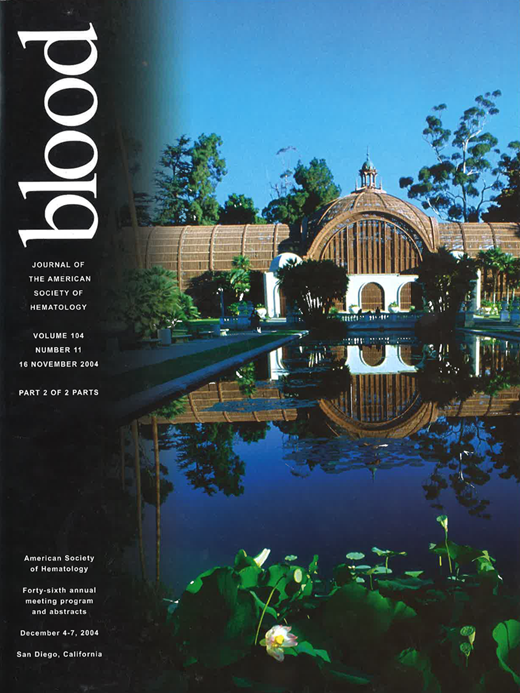Abstract
Decisions about when to transfuse patients having coronary artery disease may impact on patient morbidity and mortality. There is no published data about the factors that influence physicians’ decisions to transfuse red blood cells (RBCs) to patients having coronary artery bypass graft surgeries (CABGs). The objective of this study was to determine the hemoglobin transfusion thresholds and the factors that influence physicians’ decisions when transfusing CABG patients.
Methods: This was a cross-sectional study using self-administered mailed questionnaires sent to all anesthesiologists and cardiovascular surgeons in Canada. The survey included a series of patient scenarios for which respondents were to indicate the Hb concentration below which they would transfuse the patient. Factors assessed in the survey included patient age, sex, cardiac index (CI), and myocardial ischemia (MI). Each factor was introduced consecutively in the case scenarios to allow for analysis of each factor separately and the interaction of factors. Data on physicians’ characteristics were also collected. Univariate analysis and mixed effects regression modelling were used to analyze the data.
Results: The overall response rate was a 69.3%(n=339/489); 66.8% of all anesthesiologists and 75.7% of all cardiac surgeons responded. Responses were received from anesthesiologists in all 32 cardiac centres in Canada and from cardiac surgeons in 31/32 centres. The mean age of physicians was 46 years (standard deviation (sd)=8.6 years), years of practice was 14 years (sd=8.7 years), CABG cases/centre was 940 (sd=479) and CABG cases/individual was 121 (sd=77). The Hb transfusion thresholds for 6/24 case scenarios are illustrated in the Table. The Hb thresholds were similar for male patients. Univariate analysis revealed that for the base case scenario (i.e. 55 year old male/female), Hb thresholds did not differ significantly according to physician age, sex, years in practice, specialty, academic centre, the number of CABGs/centre/year, or patient sex but differed according to the number of CABGs/individual physician/year (p=0.009 for female case scenario and p=0.02 for the male case scenario), patient age (p<0.001), CI (p<0.001) and MI (p<0.001). Physicians selected the Hb concentration (51%), blood loss (21%), and MI (13%) as the most significant factor affecting their decision to transfuse.
Conclusion: Patient age, CI, MI and the number of CABGs/individual physician were found to influence physicians’ transfusion decisions. Future studies are required to elucidate whether transfusions based on these variables affect patient morbidity and mortality.
Table: Mean Hemoglobin Transfusion Thresholds For 6 Case Scenarios
| Case Scenario . | Mean Hemoglobin (g/L) . | Standard Deviation (g/L) . |
|---|---|---|
| yo=year old, CI=cardiac index, MI=myocardial ischemia | ||
| 55 yo female | 70 | 8 |
| 55 yo female, CI<2 | 79 | 10 |
| 55 yo female with MI | 78 | 10 |
| 75 yo female | 74 | 8 |
| 75 yo female, CI<2 | 82 | 10 |
| 75 yo female with MI | 81 | 10 |
| Case Scenario . | Mean Hemoglobin (g/L) . | Standard Deviation (g/L) . |
|---|---|---|
| yo=year old, CI=cardiac index, MI=myocardial ischemia | ||
| 55 yo female | 70 | 8 |
| 55 yo female, CI<2 | 79 | 10 |
| 55 yo female with MI | 78 | 10 |
| 75 yo female | 74 | 8 |
| 75 yo female, CI<2 | 82 | 10 |
| 75 yo female with MI | 81 | 10 |
Author notes
Corresponding author

